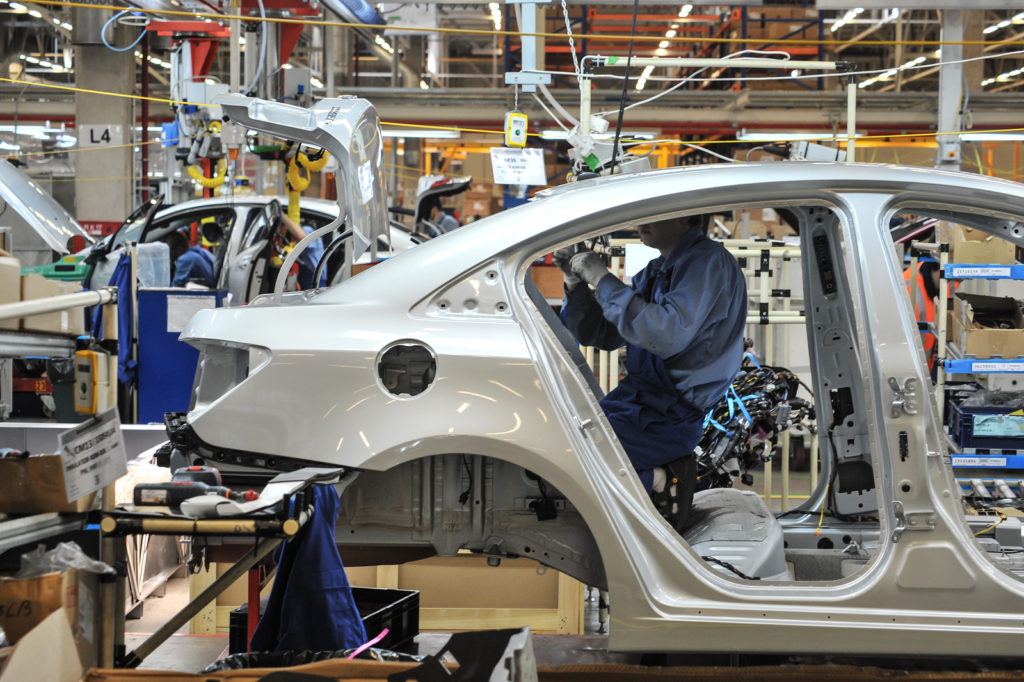Toyota Motor Corporation and Mazda Motor Corporation ended a months-long search with their announcement that Huntsville, Alabama, had emerged as the ideal location for a new joint production facility. In an Aug. 4, 2017, press release, the two Japanese automobile manufacturers announced the formation of a business and capital alliance, the culmination of two years of deliberation.
Selection process
According to The Decatur Daily, Alabama Commerce Department officials pledged more than $871 million in state, county, and other local incentives to attract the Toyota-Mazda plant. Notable perks include a 10-year wage reimbursement incentive worth approximately $90.6 million, 10-year investment credits exceeding $210 million, as well as an Alabama Industrial Development Training (AIDT) reimbursement of $86 million and an AIDT commitment of up to $20 million for a training facility.
Alabama emerged as a front-runner alongside North Carolina, and Texas, among others, before winning the deal. Huntsville’s optimal positioning within the region’s automotive supply chain, an educated and well-trained workforce, plus state incentives for training and education were major contributing factors in the decision.

Alliance goals
Toyota and Mazda executives have agreed to equal investments totaling $1.6 billion with production slated to begin as early as 2021, creating 4,000 jobs in the area. Aside from producing approximately 300,000 automobiles per year, collaborating on developing technologies for electric vehicles, connected-car technology, and advanced safety as well as expanding complementary products are Toyota and Mazda leaders’ goals for the joint venture, according to the Dallas News article.
- Toyota — This investment will result in Toyota’s 11th stateside production plant and is in addition to the company’s January 2017 pledge to invest $10 billion in the U.S. over the next five years, according to The Lane Report. Toyota leaders plan to produce the Corolla model at the plant.
- Mazda — For Mazda, the investment marks a return to the U.S. market. The group is already in the design stage of an all-new Crossover developed exclusively for the U.S. market.
Educating a workforce
The automobile manufacturing production era in Alabama began with the arrival of Mercedes-Benz in the 1990s. Since then, the sector has continued to flourish in the state with projections of 13% growth through 2019, easily outstripping the national expansion of 1%. In fact, as of 2016, Alabama’s automotive industry, which employs more than 57,000 residents, is ranked among the top five in the nation. In the same year, vehicle exports totaled $9 billion, and “more than 150 Tier 1 and 2 automotive suppliers” call the state home.
A key element in the emergence of this industry is Alabamians’ commitment to providing a highly-skilled workforce. The AIDT program is just one entity that offers technical training. AIDT employees also work with those in the manufacturing sector to ensure local manufacturers have continued access to skilled workers.

In addition, leaders at local colleges are developing programs designed to prepare students to enter the industry. One such effort is the Advanced Manufacturing Technician Program (AMT), provided by The Alabama F.A.M.E. (Federation for Advanced Manufacturing Education). Students accepted to the program can earn their two-year technical associate degrees.
Through these programs and more, Alabamians have positioned their state as a leader in the evolving automotive sector and, with the new Toyota-Mazda plant, will likely continue to do so for the foreseeable future.
